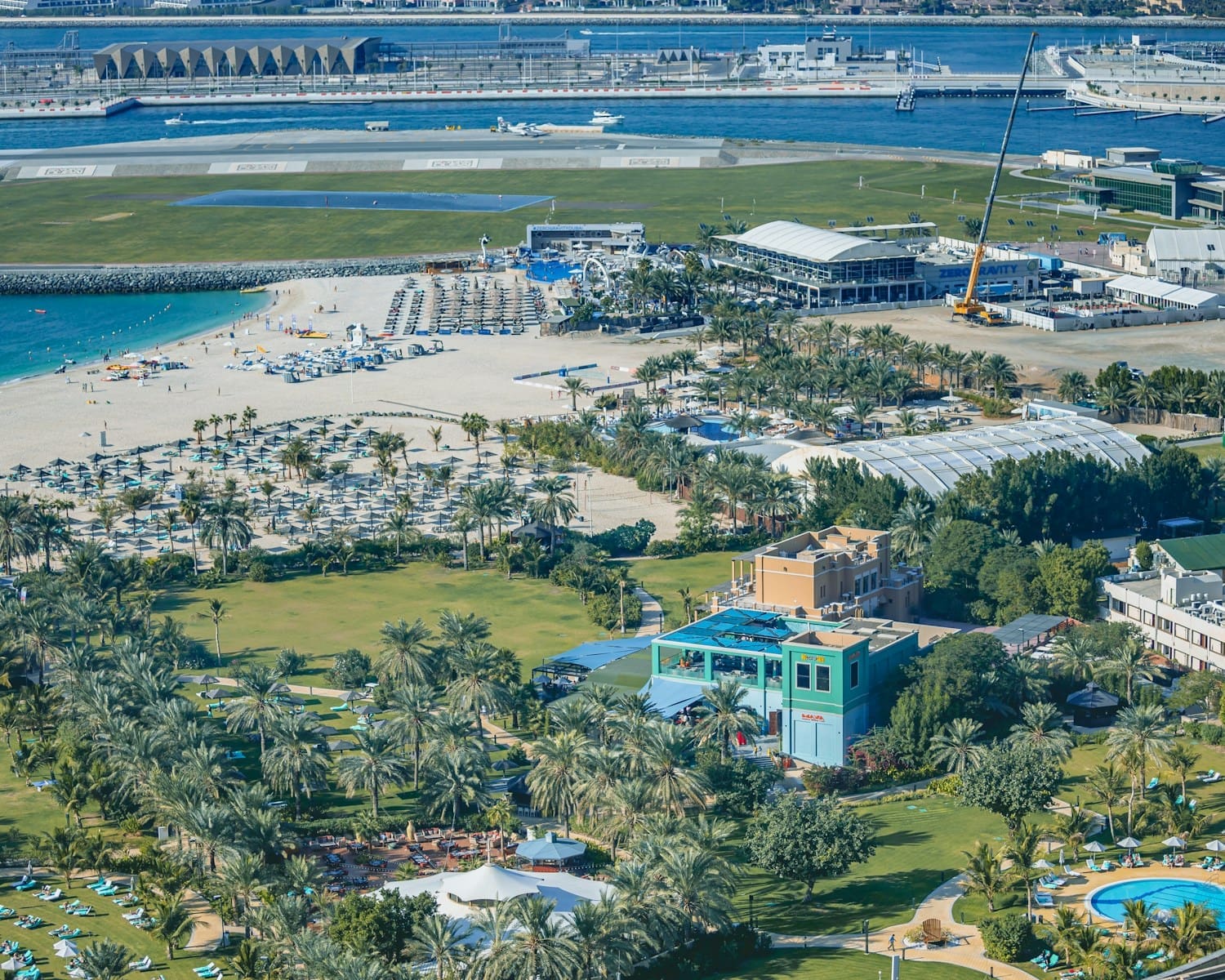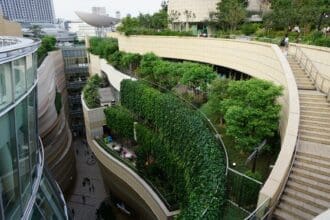The Dubai property market is in a state of constant flux, and the horizon to 2030 paints a picture filled with both opportunities and potential challenges. For investors eyeing the luxury segment, distinguishing real potential from speculative hype is more critical than ever. To make an informed choice, we must look beyond the bold headlines and analyze the numbers, demographics, and key market drivers that will shape the future.
Content
Population Forecasts: Government Optimism vs. Conservative Analysis
Official forecasts from the Dubai government predict the emirate’s population will reach 5 million by 2030. This is an ambitious goal that fuels many of the large-scale infrastructure projects. A more conservative, yet realistic view, based on the average annual growth of 3.5% over the last three years, suggests the population is more likely to reach around 4.6-4.7 million.
However, the key question is not just about the total number, but the purchasing power. Analyses based on reports like the “Henley and Partners millionaire migration reports” indicate that the number of millionaires in Dubai is expected to double by 2030. Even in a conservative scenario, this means that between 110,000 and 120,000 people will have the financial capacity to purchase high-end properties. This is the potential demand. But what about the supply?
Market Breakdown: Affordable, Luxury, and Ultra-Luxury
To understand the market, we need to segment it. In Dubai, three main categories are clearly distinguished:
- Affordable Luxury: These are properties with a recent entry price of around AED 1.6 million, with an exit target of AED 3-3.5 million. Today, entry levels are closer to AED 2 million.
- Luxury Segment: Here, investors enter at prices around AED 3 million, looking for an exit in the AED 5.5 – 7 million range.
- Ultra-Luxury Segment: This segment covers properties valued at over AED 8 million, where the potential for growth is greatest.
The issue is that the projected demand from 120,000 affluent buyers is not solely for villas and townhouses. These investors are also interested in luxury apartments, penthouses, and other property types. Meanwhile, the total supply of houses, villas, and mansions expected to hit the market by 2030 is around 85,000 units. At first glance, demand appears to outstrip supply, but the picture is more complex.
The Three Key Criteria: Absorption, Appreciation, Liquidation
Every serious investor must weigh their future purchase against three key filters:
- Absorption: Can the market genuinely absorb the new supply? A large number of houses in a single area can lead to saturation and limit the potential for price growth.
- Appreciation: What factors will contribute to the property’s increase in value? The quality of the project, the presence of green spaces (the so-called “Sikka” or green belt) , and the absence of buildings directly overlooking your property are all significant.
- Liquidation: How easily will you be able to sell your property when you decide to exit the investment? Properties in projects with thousands of identical units may prove harder to liquidate at a good price.
A major concern for analysts is that the market’s supply will not be “absorbed, appreciated, and liquidated” at the same rate across all projects.
What Will Drive the Market by the End of the Decade?
The market is becoming more discerning. The success of older projects like Emirates Hills and District One was due to the clear demarcation between villa zones and apartment zones. Today, many new developments are mixing property types, which can deter buyers in the highest segment who seek privacy.
Intelligent developers like Emaar are already recognizing this trend and adapting their strategies. Projects such as The Valley Phase 2 and The Oasis show a return to lower-density construction and larger plots—precisely what the affluent buyer is looking for.
For the investor, this means it’s time to pay close attention to the details. Red flags include projects with “cookie-cutter” houses, promises of “fake infrastructure,” and the creation of “fake scarcity.” Success by 2030 will lie in choosing projects that offer real, not artificial, value and that meet the increasingly high standards of buyers for quality, space, and exclusivity.
You might also like:
- Corfu Property: 2025 Investor’s Guide to the Pearl of the Ionian Sea
- Refinancing a Property in Italy for Foreigners: Is It Possible, and What Are the Alternatives?
- The ‘Anti-Okupas’ Law in Spain 2025: How to Protect Your Property and Evict Squatters in 48 Hours
This post is also available in: Български







